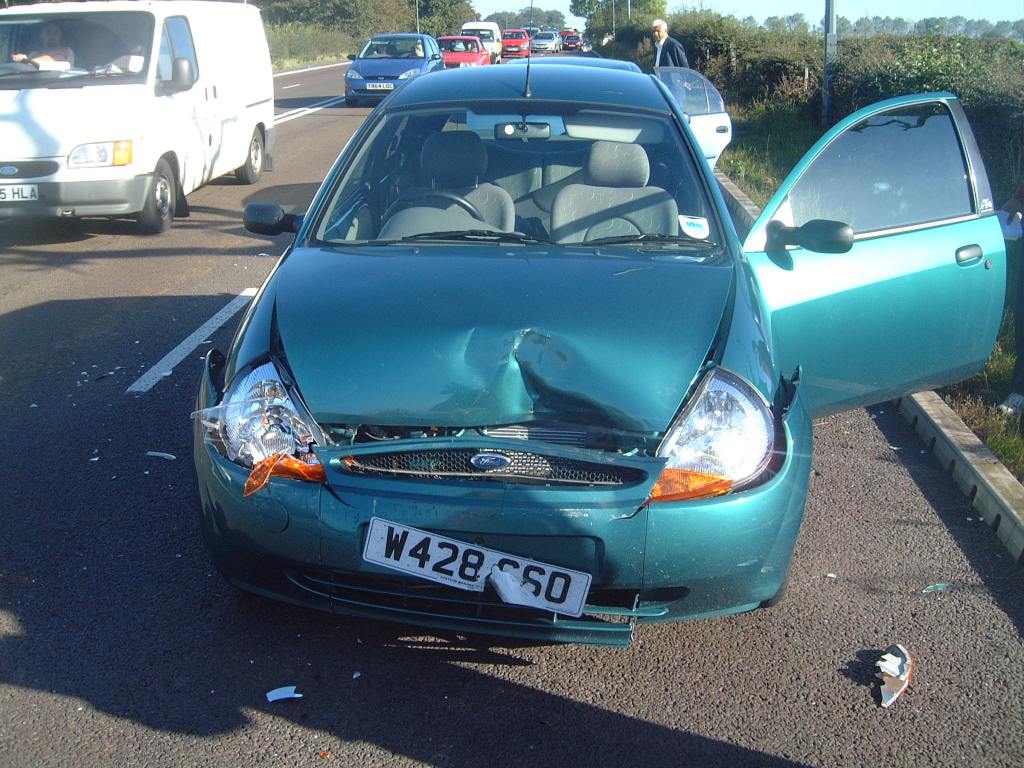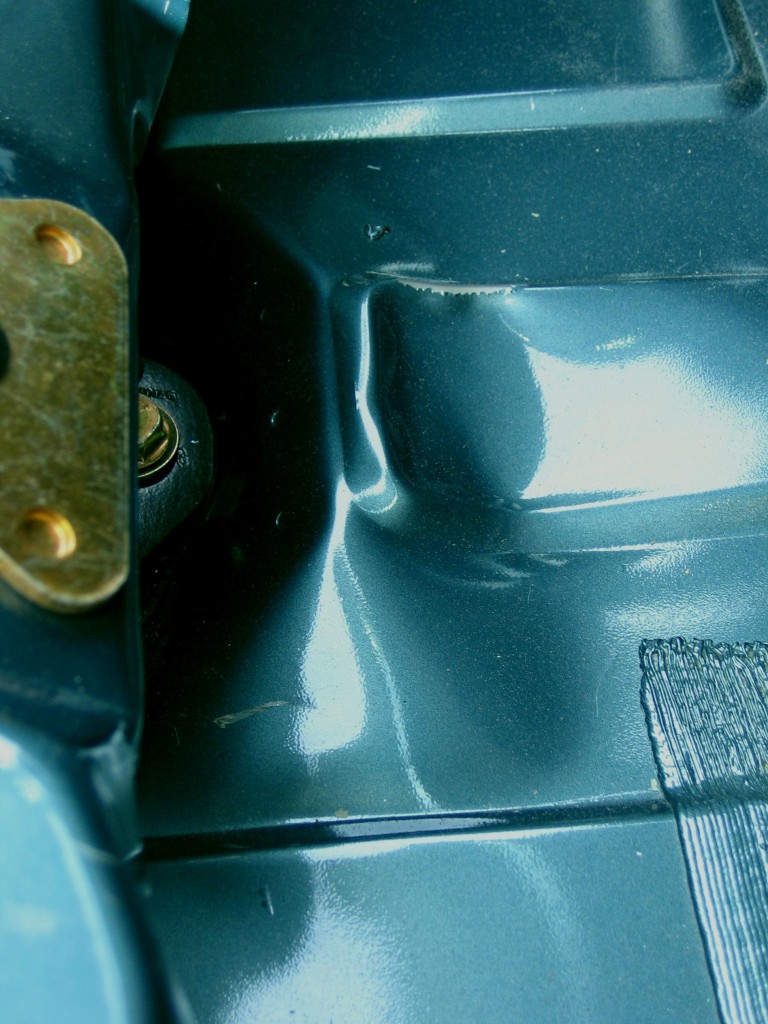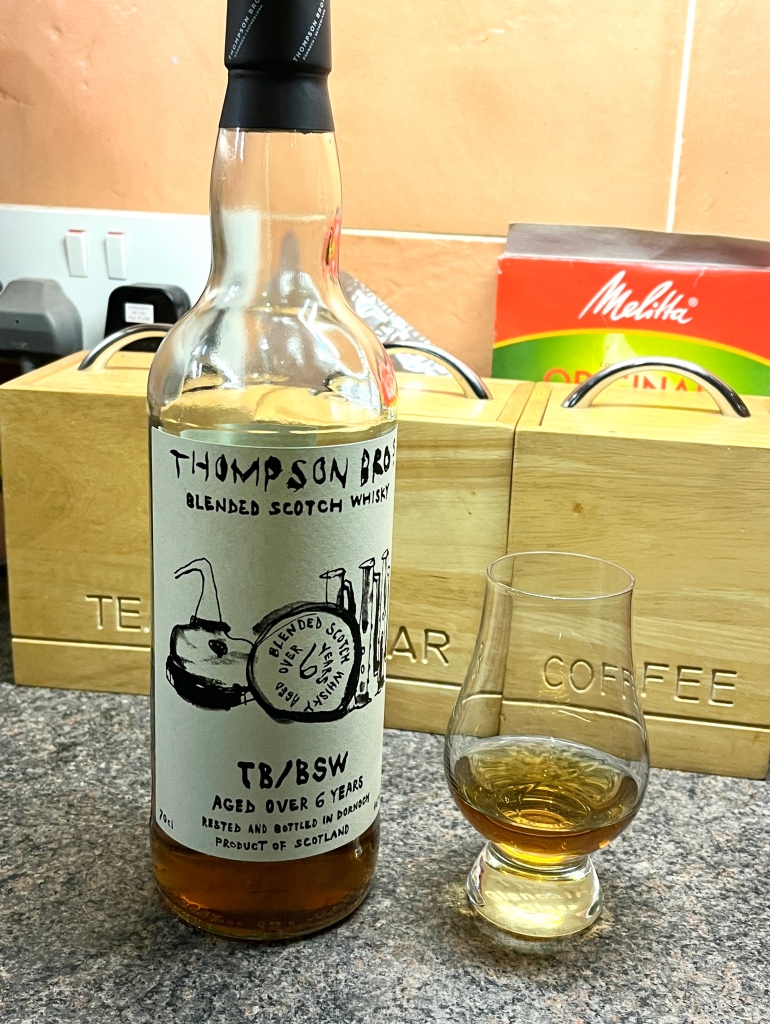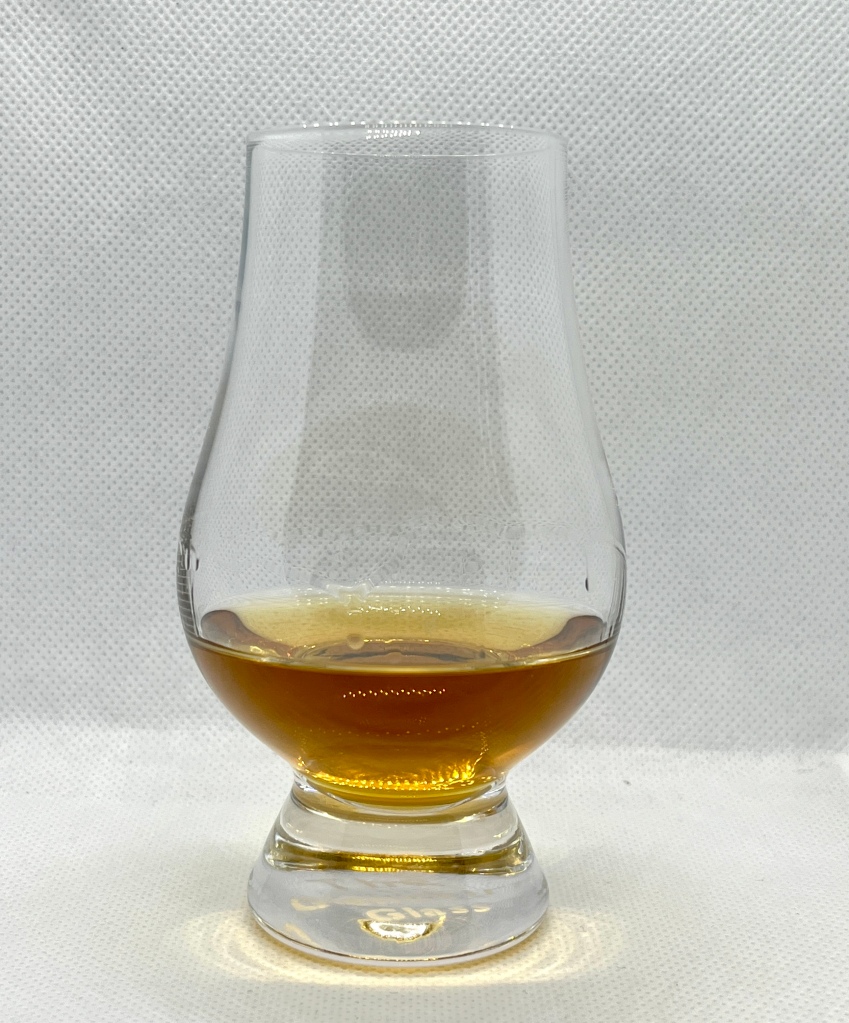Taste Review #152 – Thompson Bros. TB/BSW
Is there such a thing as a happy accident? I certainly can’t say that up until now that I’ve ever had one (and I’ve had a one or two). My first car that I bought was written off in a rear end accident in Manchester while on the way to Cornwall. When giving the RAC recovery man the postcode for our destination, I think he was disappointed to hear me say the first letters were TR and not PR. Preston would have been an easy run, but Falmouth in Cornwall guaranteed his Saturday night out on the town would be trashed, pretty much like both ends of my car.

While that car was written off, the next car that followed was an identical copy, only it had a lot of reliability issues. I decided to trade it in and when all that was required was a 3 week trip offshore before I handed it over to the garage and received a Focus in return, 3 days before my departure my rear end took another direct hit. A bit of frantic phone calling saw me deposit the car at a garage before I left for work, and picked it up again on my return. How I kept a straight face when trading it in when asked if it had any serious accident damage I don’t know. Well, it wasn’t that serious…

Thankfully it was several cars later before the next accident. Some doddery businessman decided to pull out to overtake without checking his mirrors and didn’t see me overtaking him. Minimum damage, but another insurance claim and a change of underwear. Nowadays I tend to avoid trouble, though the wife has been using our CR-V as a bumper car.
But it’s not just motoring accidents can cause mayhem and expense, this can also be the case in the whisky industry. I’ve heard tales of leaks in systems meaning fermented wash being held in the washback for over 500hrs, valves being opened that caused a loss of precious liquid, and of course we can’t forget the almost obligatory distillery fires that happened in the past. But the story of this whisky reviewed today has another type of accident that I’m not so sure was an accident at all. There is a rumour which I’ve heard from a couple of whisky retailers that the dram in consideration today isn’t really a blend as such, but is as a result of a new make having been put in a cask that previously contained Famous Grouse. Apparently the whisky is Macallan and was matured for 12 years. The story develops that the Grouse had affected the maturing spirit so much it had to be classed as a blend. Furthermore the rules on age statements meant that it had to be given a statement a lot lower than 12, which now gives us an idea how old Grouse is.

Accident or not, we have to find out whether this is an accident which is covered with fully comprehensive insurance or a hit and run by an uninsured driver.
Thompson Bros TB/BSW
Region – Blend Age – 6 y.o Strength – 46% abv Colour – chestnut oloroso Cask Type – Sherry / Blended Whisky Colouring – No Chill Filtered – No Nose – Figs, raisins, golden syrup, sultanas, hobnobs, milky coffee. Palate – Fruit cake, toffee, maple syrup, chocolate. Quite spicy building after the mid palate, with ginger, nutmeg, making an appearance. Medium body. Finish – Spicy on the finish but not too hot not overpowering. Nutmeg, cinnamon, orange zest, chocolate and a hint of more fruit cake.

Conclusions
I’ve had this article on draft for over a year, as I had attempted to review a new release at the point it was released, but it hasn’t really worked out that way, so quite a few of you who are reading this will have tried this whisky. Certainly most of the people that I keep contact with on Twitter have, so they will know that this is a banger. A complete bargain of a whisky and only £34. Thompson Brothers have knocked this one out out of the park.
I suspect I can taste the Famous Grouse, as it always makes me think of biscuits, whereas normal Macallan doesn’t. Not that I drink a lot of Macallan as I feel there are better things to be investing my time and money in when it comes to dramming . I’d hasten to add not because I think Macallan is a bad whisky, but rather I feel there are better out there and much better value, plus don’t come with the same marketing or aspirational b/s that artificially hikes the price.
Whether or not this was an accident is anybodies guess. The industry is full of stories that get told to visitors at distilleries during their tours, some of which are little more than a marketing hook, nobody liking a ropey story on a release more than Ardbeg. Or anybody who has visited Ben Nevis distillery can’t fail to snigger at the story of Hector McDram, which is a shame, as otherwise it’s a good tour. In summary, I’ve my doubts that in the case of the TB/BSW story was an accident at all, simply due to the amount released. There seems to be a few different batches, so I wonder if only the first cask was a mistake, but the rest were deliberately made, perhaps There was only supposed to be around 1000 bottles initially, but this seems unlikely judging by the number of people I have seen online enjoying it. It would be nice to have some sort of confirmation whether or not this bottling has exceeded that number or if more of the same will be forthcoming. I also doubt that there is a consistent recipe, as I’m sure Thompson Brothers would consistently ruin bottles of Macallan by putting it in a Grouse cask. Personally, I’d be considering coke.
Regardless, if you see this blend, buy it. You won’t get a lot more value for your money out there. It’s a banger.
Yours in Spirits
Scotty
Photo Credits
All Photos – Authors Own















